I am sure that there is something about the way an artist experiences the world that draws them to the hidden or the overlooked space (or place). The act of ‘finding’ what is hidden or ‘seeing’ what is ‘invisible’ is often attached to the understanding of what an artist does; indeed, I have heard it argued that all an artist needs to do in public spaces is make the experience of ‘seeing like an artist’ available to the general public. When I began making site-specific sculpture I was pretty keen on David Nash’s ‘rule’ that art should be sited in unremarkable spaces – on the premise that remarkable spaces do not need art – and art can elicit revelation from the ‘unremarkable’ (I’m still looking for the actual quote…see below).
So far – so good, but for me the territory becomes more problematic when the concept of ‘finding’ is introduced…..for artwork built around the hidden quite often means that the art causes the hidden to be found. While the act of revealing can deliver an initial high, this is often followed by the drive to possess or capture. While David Nash’s influence on me has waned I still hold precious James Joyce’s statement in ‘Portrait of the Artist as a Young Man’ that the true work of art is defined as one that does not excite a desire of any kind (I’m still looking for the actual quote…see below).
Some of my practice is very ‘quiet’ and ‘unannounced’ – I am often asked ‘what if people do not see it, or cannot find it?’. I am interested in the act of seeking ….it is not overly important for me whether someone finds the initial object of their search…..rather their experience of the process and the unexpected things that might be discovered on the journey.
Erratic Cairnsmore of Fleet National Nature Reserve – permanent installation 2009. On finding Erratic you are invited to draw out the pulling handle and drag the sculpture to a new location – Erratic is in remote and open landscape…it’s position is not defined.
When the Rothko series for the Seagram Buildingwas still in what is now Tate Britain, I had a very deep relationship with the room in which they were hung – I could never guarantee finding it – for me, it was a secret or hidden room. I was not interested in getting a map, rather the finding or not finding was in some way ‘meant to be’ I gave over my destiny to the search and what I found on the way and/or the finding of the Rothkos (cf also the Joyce and Nash quotes… though Google has spoiled that game somewhat).
A good recent example of working with the hidden was a work by Ginny Hutchison in a project I curated in public space in Inverness. Ginny marked the path of the sun over a series of consciously unremarkable spaces
In going looking for the Seven Sunsets people made their own unique discovery of the city even if very few ever found all of the ‘work’.
Find out more about Matt Baker here.
/////
Hidden Spaces – a month of blogs by members about their hidden space – whether they be real, imagined, unbuilt, cut-off from the public, demolished, spiritually significant or politically sublimated. Read more from the series.


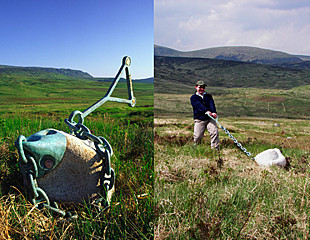
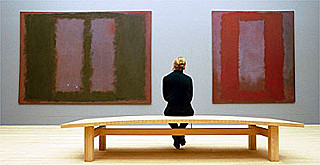
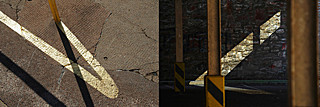
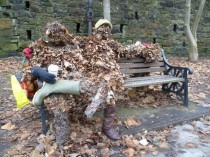

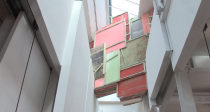









Comments